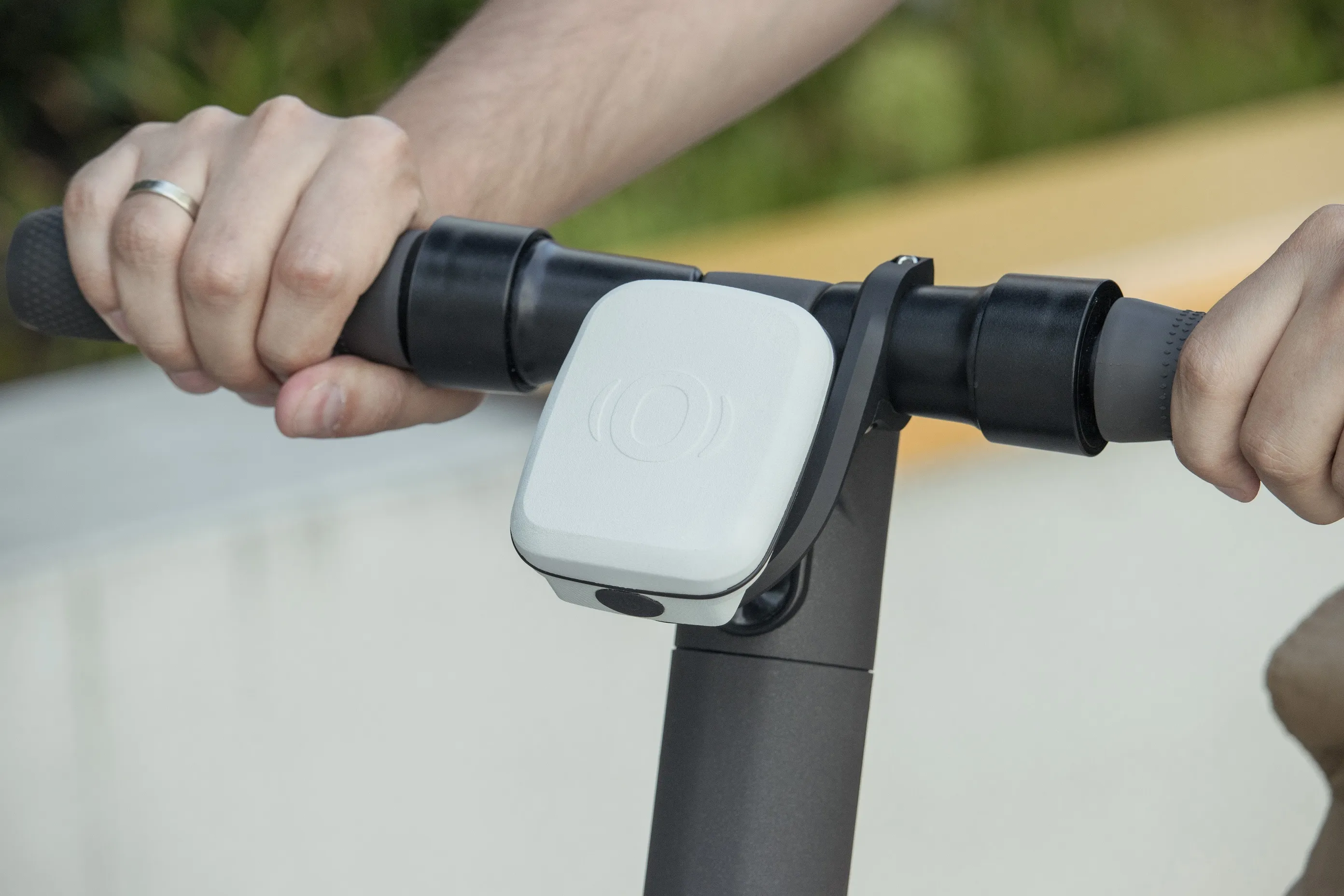A recent report from
The study provides an analysis of how these factors, including the cost of hardware, regulations, potential societal benefits, and security and privacy concerns, are projected to affect OEMs, hardware and software suppliers, regulators, and intelligent transportation infrastructure operators.
Global market forecasts of OEM and aftermarket sales of DSRC equipment for light, medium, and heavy duty vehicles, broken down by vehicle segment and region, extend through 2025. The report also provides a review of major market drivers and barriers related to connected vehicles and key industry players within the competitive landscape.
It concludes that total revenue for V2X systems is expected to reach nearly US$180 billion from 2015 to 2025.
The increasing drive to reduce vehicle emissions and increase safety for drivers is spurring several technological developments in the transportation sector. One area benefitting from this push is the increasing development of V2X systems that allow real-time information sharing between vehicles, drivers, and pedestrians.
“Connected vehicles hold enormous potential for drivers to reduce vehicle crashes by increasing their awareness of hazards and other dangers around them while driving,” says Sam Abuelsamid, senior research analyst with Navigant Research. “By using these systems, drivers can take advantage of real-time alerts about changing road conditions or other vehicles and pedestrians that they might otherwise not be able to see.”
While most new cars and trucks arriving in the next decade are likely to include built-in V2X systems of some sort, this still leaves nearly two billion existing vehicles on the road without connectivity. Through the use of wi-fi radios and antennas modified to support dedicated short-range communications (DSRC) frequencies and other small changes, smartphones are expected to help fill this gap and integrate existing vehicles into the V2X network, increasing its effectiveness.
Smartphones ‘expected to help connect older vehicles to V2X network’
A recent report from Navigant Research, Connected Vehicles, examines the market for connected vehicles, with a focus on the key components of vehicle-to-external communications (V2X) communications technology and factors that may influence successful deployment. The study provides an analysis of how these factors, including the cost of hardware, regulations, potential societal benefits, and security and privacy concerns, are projected to affect OEMs, hardware and software suppliers, regulators, and intellig
September 1, 2015
Read time: 2 mins









